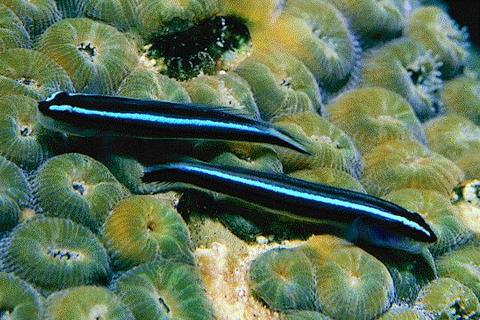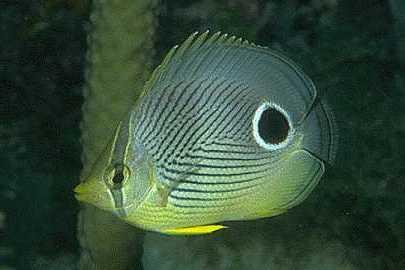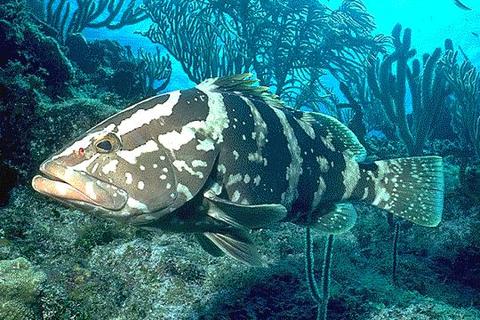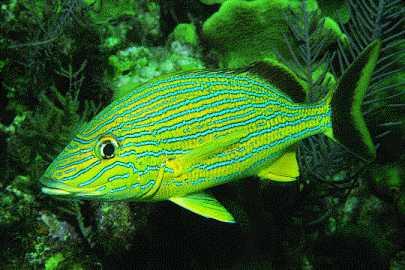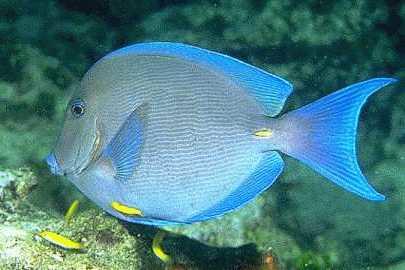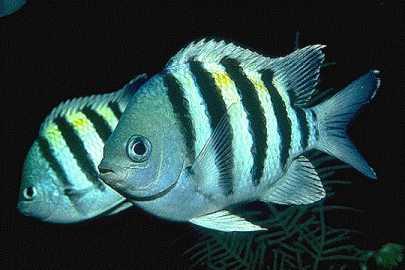REEF Stats
Top 10 Most Frequently Sighted Fish- Blue Tang
- Stoplight Parrotfish
- Yellowtail Snapper
- Bluehead
- Sergeant Major
- Bicolor Damselfish
- French Grunt
- Bluestriped Grunt
- Ocean Surgeonfish
- Foureye Butterflyfish
Educational Resources
Bridge Data Tip - features a series of activities to explore the habitats and associated fish communities of three of the twelve marine sanctuaries.About the Sanctuary
The Florida Keys archipelago contains approximately 1,700 islands and supports extensive offshore coral reefs, fringing mangroves, seagrass meadows, hardbottom regions, patch reefs, and bank reefs. This complex marine ecosystem is the foundation for the commercial fishing and tourism-based economies that are vital to south Florida. The sanctuary extends 220 miles in a northeast to southwest arc between the southern tip of Key Biscayne and the Dry Tortugas. FKNMS Website
Current REEF Projects
- Annual Zone Monitoring with REEF AAT
- Biogeography of Fishes of the FKNMS
- Multi-site, Multi-species Trend Analysis
- Spiegel Grove Monitoring
- Wellwood Restoration Monitoring
- Sustainable Seas Expedition
Fish Features
The six species featured represent some of the most common fishes found in the FKNMS and also some of the most interesting. Neon Goby: This small fish acts as a cleaner for other fish, picking off parasites and dead skin. Neon gobies are only found along continental coasts, so they are not seen in most of the Caribbean islands. Foureye Butterflyfish: This butterflyfish is very common throughout most of the Caribbean (except it is not found in the Flower Gardens). Foureyes feed on a variety of small invertebrates and have a pair of ocellated spots or false eyes for defense. Nassau Grouper: A large piscivore (eats fish), groupers act as the lions and tigers of the reef. Slow growth and longevity have resulted in their vulnerability to overfishing. Nassau grouper are now protected in Florida waters.Bluestriped Grunt: Grunt species are some of the most numerous fishes on Florida Keys reefs. They hang out under ledges during the day and many forage off the reef at night in nearby grassbeds feeding on small crustaceans. Bluestriped grunts are distinguished by blue stripes and a black tail. Blue Tang: Like all members of the surgeonfish family, the blue tang is an herbivore. These important components of the coral reef ecosystem keep algae growth in control so it does not overgrow corals. This is the most common fish throughout the entire Caribbean/Bahamas region. Sergeant Major: A common fish found in tropical waters worldwide, this plankton-eating damselfish forms large schools above the reef. Males can become quite territorial when they are guarding a nest of eggs.

